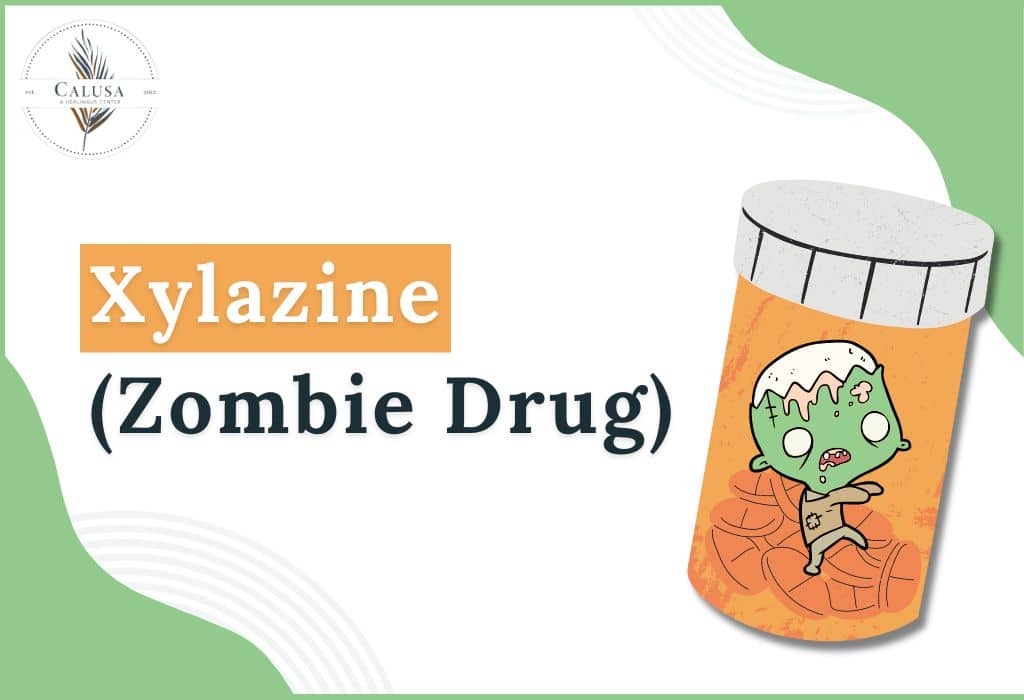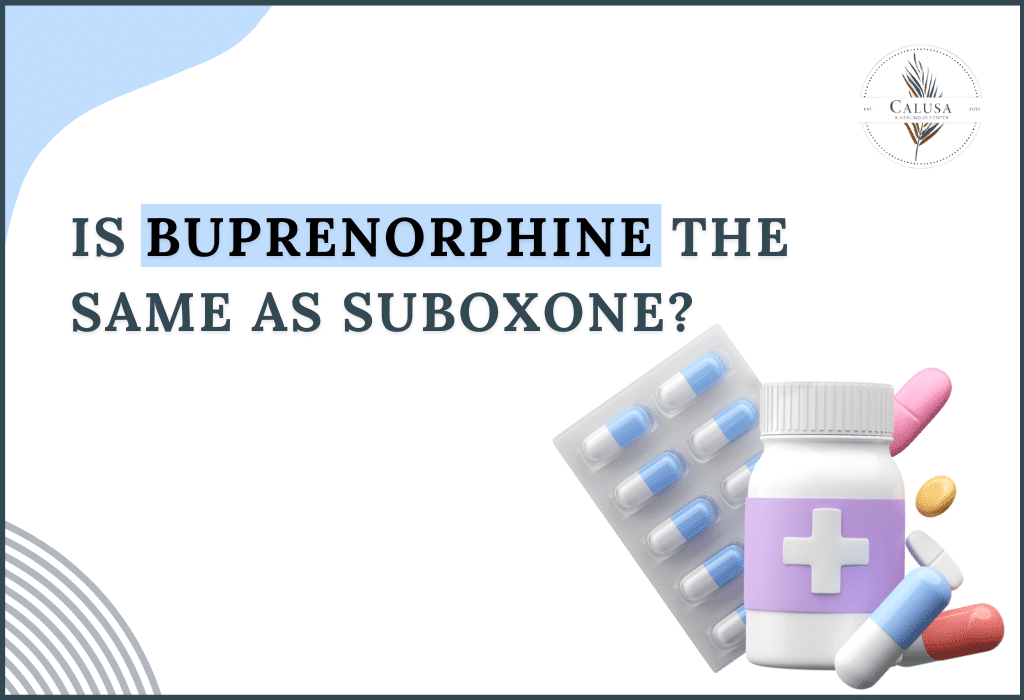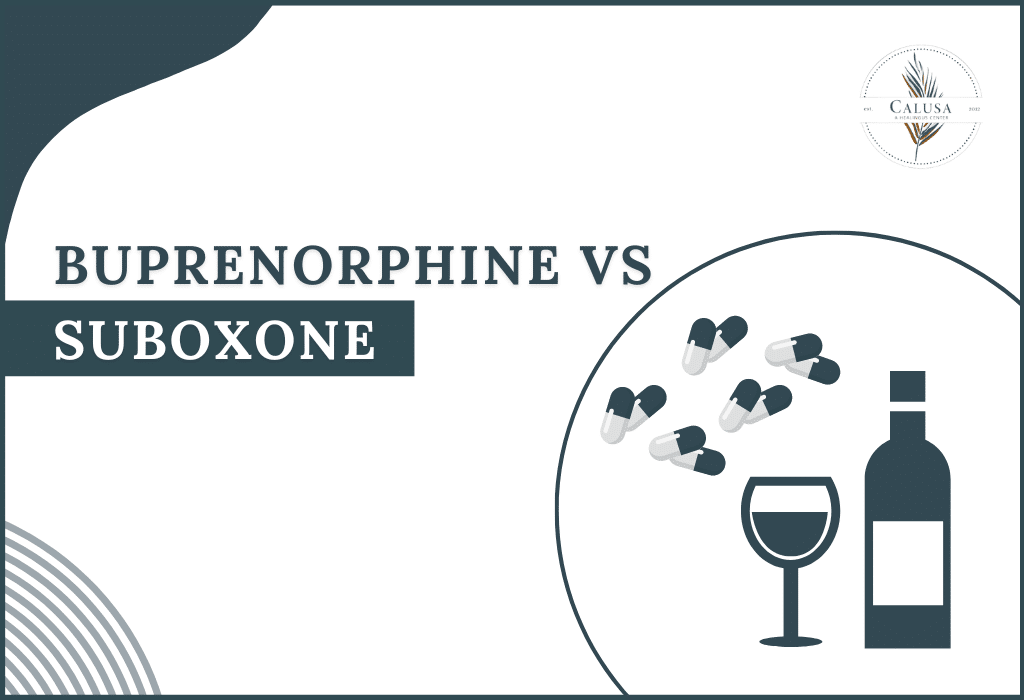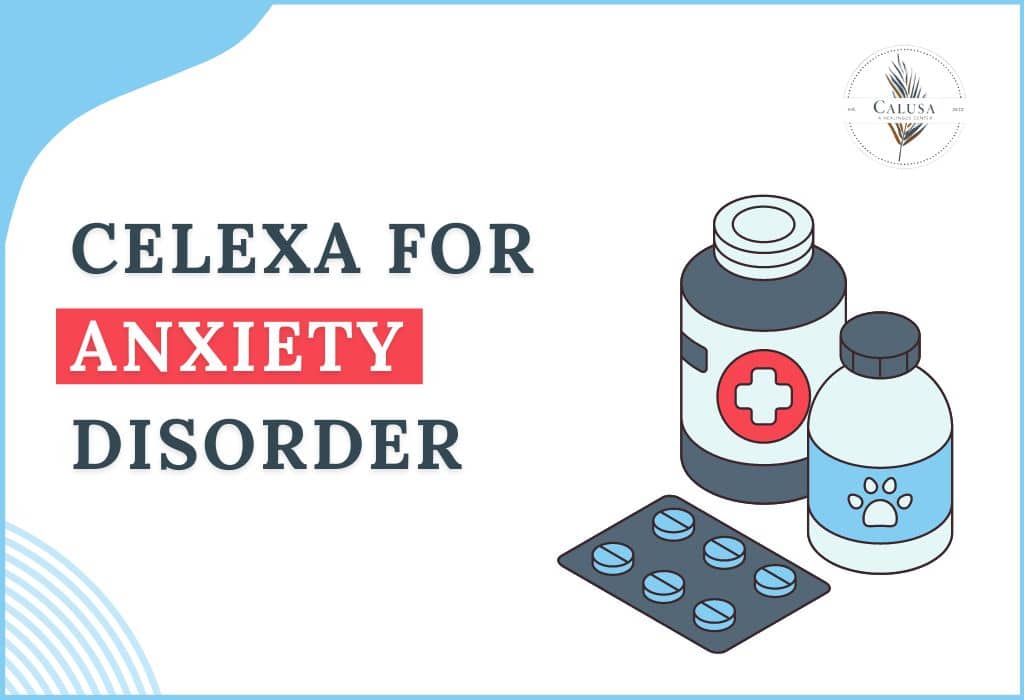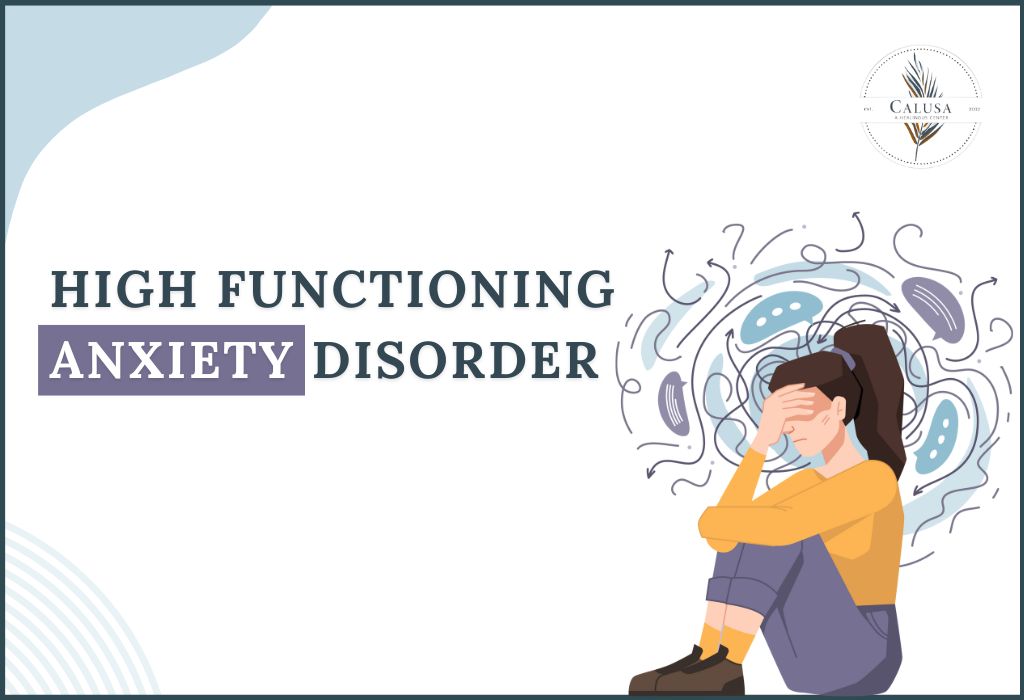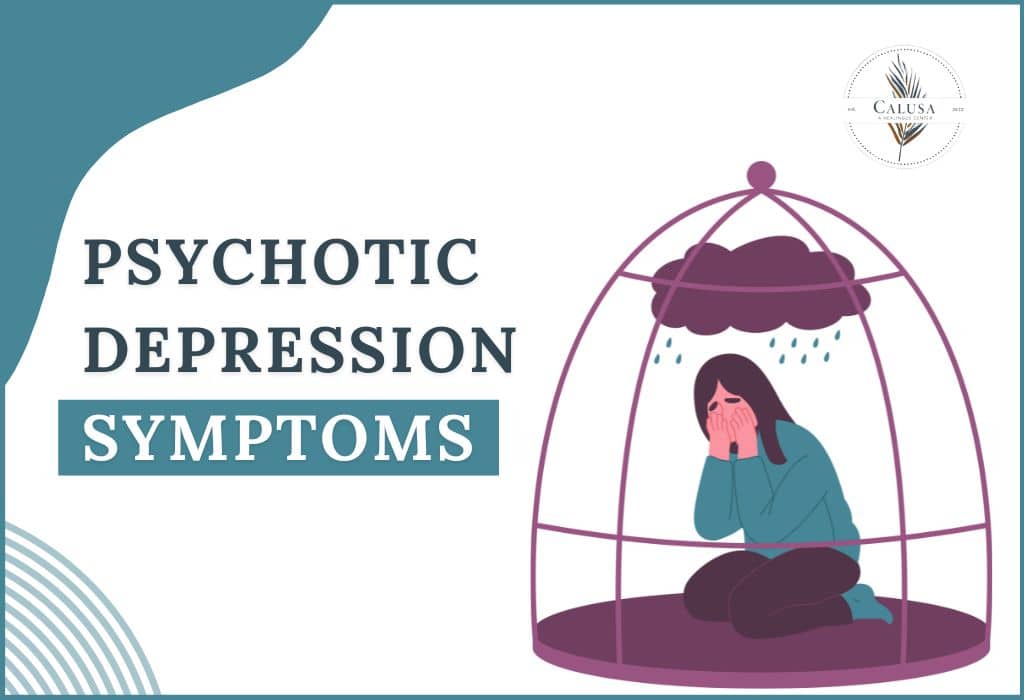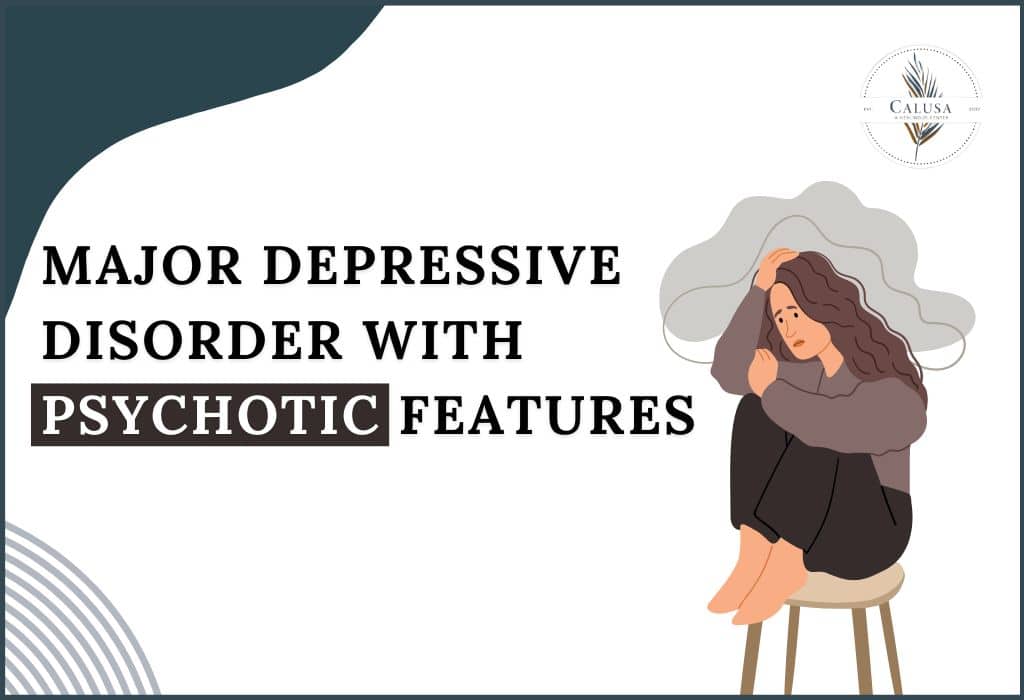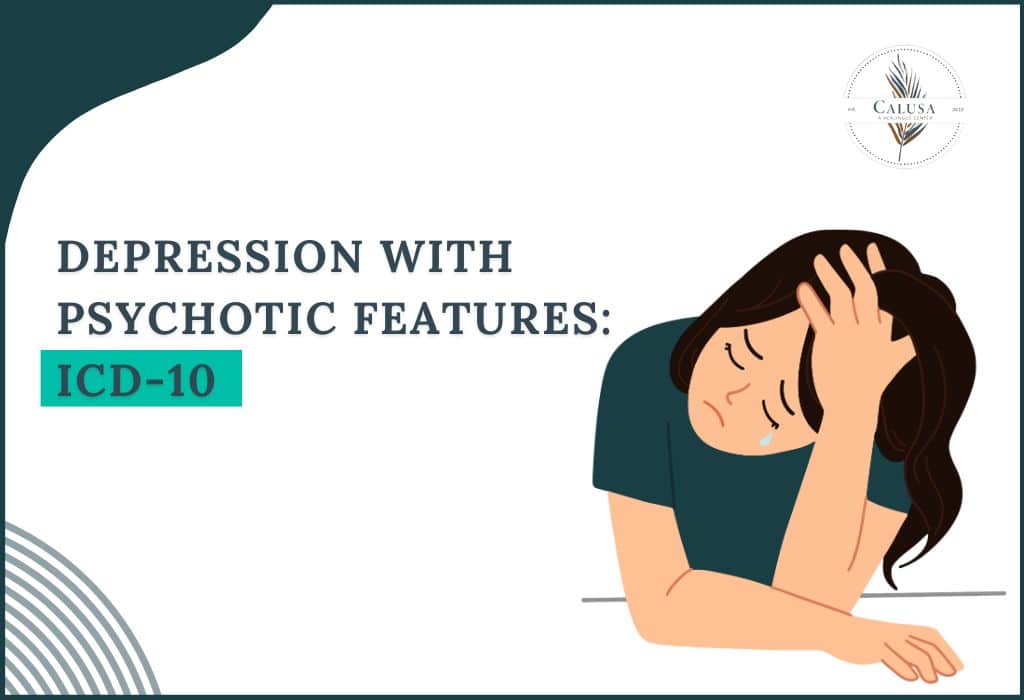Xylazine, also known by the street names tranq, tranq dope, or the unsettling moniker zombie drug, is a veterinary medication increasingly found in the illegal drug supply. This creates a dangerous situation for people who use drugs, as xylazine is not intended for human consumption and can have severe, life-threatening consequences.
In recent years, a disturbing trend has emerged in various parts of the world: the use of xylazine, a zombie drug due to its alarming effects on users. Once primarily known as a veterinary sedative, xylazine has found its way into the illicit drug market, wreaking havoc on communities and presenting significant challenges to public health and law enforcement agencies.
In this article, we delve into what xylazine is, its effects on the human body, the dangers associated with its use, and the efforts being made to address this growing concern.
What is Xylazine?
Xylazine, a zombie drug is a non-opioid sedative and muscle relaxant used in veterinary medicine to tranquilize animals like horses, cattle, and sheep during procedures. It’s typically administered as an injection. In humans, xylazine can cause a variety of concerning effects, including:
-
Deep sedation:
People may appear extremely drowsy, unresponsive, and even in a zombie-like state, hence the nickname.
-
Slowed breathing and heart rate:
This can lead to respiratory depression, where breathing becomes dangerously slow or shallow, and even coma in severe cases, posing significant risks to the individual’s health and well-being.
-
Severe skin wounds:
Injection sites can develop into severe ulcers and necrotic lesions (tissue death) due to the drug’s harsh properties.
-
Increased risk of overdose:
Xylazine can worsen the effects of opioids like fentanyl, making overdoses more difficult to reverse and potentially fatal.
Why is Xylazine in the Drug Supply?
The reasons for xylazine’s presence in illegal drugs are complex, with various theories posited to explain its presence. Some theories include:
-
Cost-effectiveness:
Xylazine is a cheap bulking agent that can be added to street drugs like heroin and fentanyl to increase profits for dealers.
-
Intensification:
Some users report that xylazine, a zombie drug intensifies the initial high of opioids, potentially increasing the risk of overdose and respiratory depression. This synergistic effect underscores the dangers of combining xylazine with other central nervous system depressants, highlighting the need for comprehensive harm reduction strategies.
-
Addiction:
There’s growing evidence that people can develop a dependence on xylazine itself, creating a vicious cycle of use due to withdrawal symptoms.
The Dangers of Xylazine and Fentanyl Mix
The combination of xylazine and fentanyl is particularly hazardous, boosting the sedative and respiratory depressant effects of both drugs. This potent cocktail poses a significant risk of overdose and death, contributing to the alarming reputation of xylazine as a zombie drug. The working between these substances underscores the urgent need for targeted interventions and education to mitigate the harms associated with their concurrent use.
-
Naloxone ineffectiveness:
Naloxone, a medication commonly used to reverse opioid overdoses, is not effective against xylazine. This means a person overdosing on a mixture might not respond to initial attempts to revive them.
-
Prolonged sedation:
Xylazine can make people stay unconscious for longer periods, delaying medical intervention and increasing the risk of complications.
-
Increased overdose risk:
Xylazine’s effects on breathing and heart rate further amplify the dangers of fentanyl, making overdoses more likely to be fatal.
The Devastating Impact of Xylazine
The rise of xylazine zombie drug in the illegal drug market has had a devastating impact on public health. Here are some concerning trends:
-
Increased overdose deaths:
Recent data from the Centers for Disease Control and Prevention (CDC) reveals an alarming increase in overdose fatalities linked to xylazine. These statistics underscore the urgent need for targeted interventions and public health initiatives to address the growing impact of xylazine abuse on communities.
-
Severe skin complications:
The tissue damage caused by xylazine can lead to serious infections, amputations, and permanent scarring. These consequences underscore the grave risks associated with xylazine use and emphasize the importance of prevention and harm reduction efforts.
-
Challenges for first responders:
Emergency personnel face new difficulties in diagnosing and treating overdoses due to xylazine’s unique properties. Its atypical interactions with other substances complicate medical interventions, necessitating specialized approaches to effectively manage cases of overdose.
Harm Reduction Strategies
Despite the bleak outlook, some steps can be taken to mitigate the harm caused by xylazine, a zombie drug:
-
Increased awareness:
It is imperative to educate individuals who use drugs, healthcare providers, and the public about the dangers posed by xylazine to prevent its harmful effects and promote informed decision-making regarding substance use.
-
Expanded access to naloxone:
While naloxone might not reverse xylazine’s effects entirely, it can still be helpful in opioid overdoses. Encouraging wider access to this lifesaving medication remains important.
-
Wound care education:
People who use drugs and inject xylazine mixtures need to be aware of proper injection hygiene and wound care practices to minimize skin damage.
-
Increased access to treatment:
Expanding access to evidence-based addiction treatment programs is essential to help people overcome dependence on drugs like xylazine.
Managing Xylazine Dependency: Recovery Paths
Unfortunately, there are no specific medications currently approved to treat xylazine zombie drug addiction itself. However, there are still treatment options available to help people overcome dependence and achieve recovery. Here’s what you need to know:
-
Medically Managed Detox:
Due to the potential severity of withdrawal symptoms, a medically supervised detox program is often the safest first step. This allows for close monitoring and management of withdrawal symptoms in a controlled setting.
-
Medication-Assisted Treatment (MAT):
While not specifically targeting xylazine, medication-assisted treatment (MAT) programs can be highly beneficial. Medications like methadone or buprenorphine can help reduce cravings and withdrawal symptoms associated with opioids, which are often co-occurring with xylazine use.
-
Behavioral Therapies:
Cognitive-behavioral therapy (CBT) and other behavioral therapies can be crucial for addressing the underlying causes of addiction and developing healthy coping mechanisms. These therapies can help individuals identify triggers, develop relapse prevention strategies, and build resilience.
-
Support Groups:
Connecting with others who understand the challenges of addiction can be incredibly valuable. Support groups provide a safe space to share experiences, find encouragement, and build a network of support.
-
Wound Care Management:
For people who have experienced skin damage due to xylazine injection, access to proper wound care is essential. This may involve working with healthcare providers to treat infections, manage pain, and prevent further complications.
Conclusion
Xylazine, the zombie drug, presents a complex and concerning challenge in the fight against addiction. Its presence in the illegal drug supply has led to a rise in overdose deaths, severe skin complications, and difficulties for first responders.
However, there is a glimmer of hope. By raising awareness about xylazine’s dangers, implementing harm reduction strategies, and expanding access to treatment, we can work towards mitigating the damage and supporting those struggling with addiction.
If you or someone you know needs support, please contact us at Calusa Recovery or 866-939-6292. Together, we can create a safer and healthier future for all.
FAQ’s
Que: What was the original use of xylazine?
Ans: This non-narcotic agent xylazine underwent human studies exploring its potential applications as an analgesic, hypnotic, and anesthetic. However, these clinical trials were discontinued because of its pronounced hypotension and central nervous system depressant effects.
Que: What are the withdrawal effects of xylazine?
Ans: Individuals who engage in regular xylazine use face the risk of experiencing withdrawal symptoms, which encompass manifestations such as irritability, anxiety, restlessness, elevated heart rate, and hypertension. These withdrawal effects can impact the individual’s overall well-being, exacerbating existing mental and physical health concerns.
Que: What group of drugs is xylazine in?
Ans: Xylazine zombie drug shares structural similarities with phenothiazines and exhibits chemical properties akin to medications such as clonidine, levamisole, and tizanidine, potentially yielding similar clinical effects. Like clonidine, it functions as an agonist at central alpha-2-adrenergic receptors within the brain.

